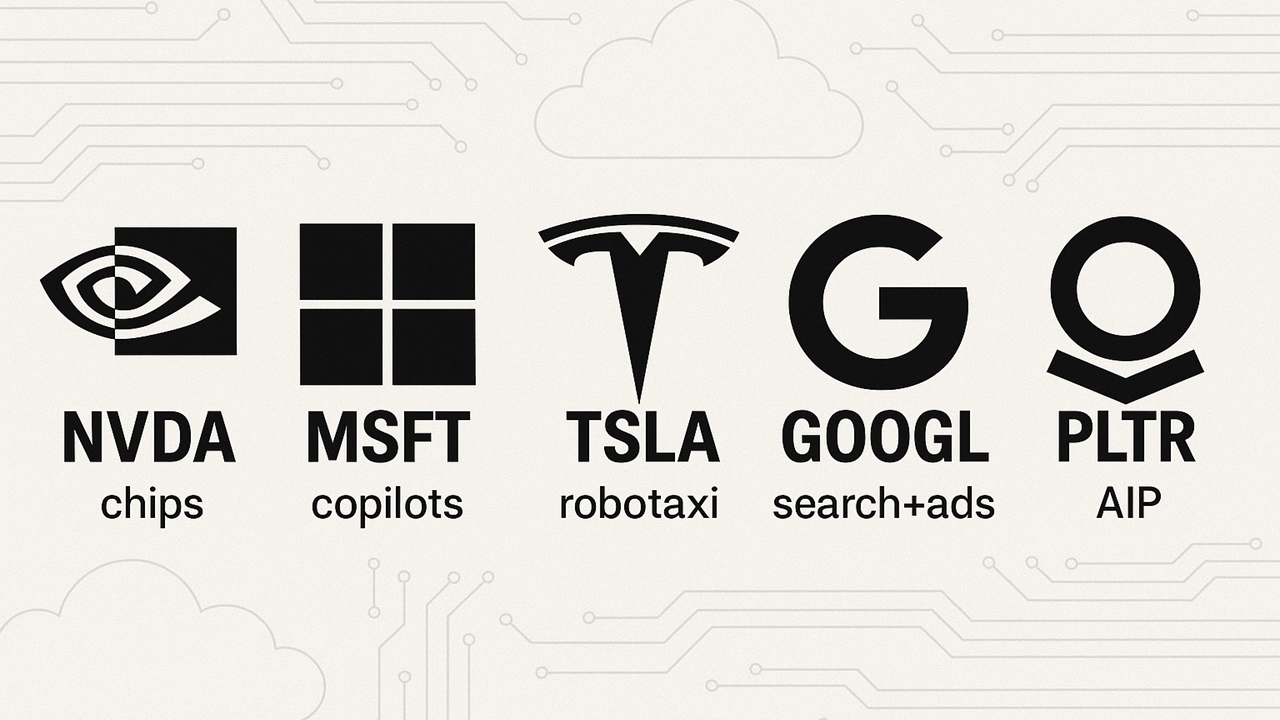The U.S. Tipping Game: How We All Got Conned Into Paying More
You ever feel like you’re being guilt-tripped every time you order a meal in the States? You ask for a burger, fries, and a soda, and your total comes to twenty bucks. Then comes that tense moment, staring at the receipt, knowing you’re about to tack on another four or five bucks just so you don’t look like a heartless jerk.
It’s like we all fell into this weird social contract. Nobody remembers agreeing to it, but here we are, forking over cash because society says so. And it’s not just restaurants. Hairdressers, baristas, taxi drivers, bellhops—apparently, the entire service industry has to lean on me to boost their paychecks.
Meanwhile, I can walk into a family restaurant in Japan, spend eight to twenty dollars, and not tip a single yen. The service? On par with a five-star joint in the U.S. Polite, efficient, not a hint of “I’ll be your server today, so please remember my name when you tip.” Turns out, paying people a proper wage up front works wonders.
Who benefits from the American way of doing things? Certainly not the customer. We’re the ones covering the meal and the server’s wage. Yet restaurant owners are thrilled; they get away with paying less. Servers can pocket more than a guaranteed salary—often tax-free if they’re feeling “creative” with their reporting. Everyone wins except the person footing the bill, who gets the pleasure of tipping on top of inflated prices.
What’s wild is how 20% became the new standard. Not long ago, 15% was fine. But hey, apparently tip inflation is a thing. Before you know it, we’ll be tipping 25% just to avoid side-eye from the waiter. And yes, I see those screens flashing “15%, 20%, or 25%” at the register while the staff stares you down. Thank you, social pressure, but I’ll cheerfully tap “No Tip” if I think it’s ridiculous.
In the end, it’s a broken system that’s fantastic for everyone except the person actually paying. Other countries somehow manage to pay their servers well and still offer solid service, all without making customers feel guilty. Maybe we should take a page from their playbook and just admit that this tired tipping culture is way past its expiration date. Then we could all enjoy our meals without performing this awkward dance of who owes who what.
Follow me on social media
Facebook: www.facebook.com/xhannyahofficial/
Instagram: www.instagram.com/xhannyah/
Threads: https://www.threads.net/@xhannyah
Discord: https://discord.gg/GDfX5BFGye




